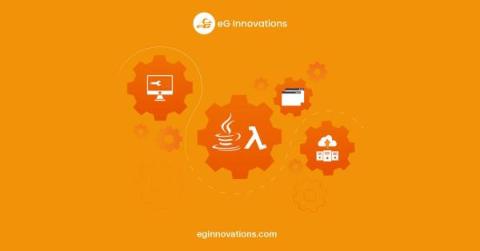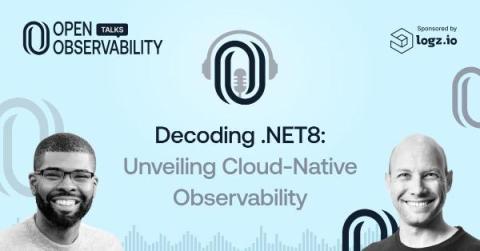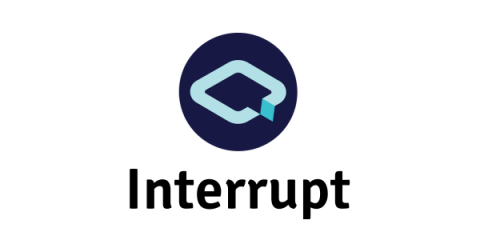Demystifying Java Lambda Expressions
SRE and IT Operations play a critical role in ensuring reliable, high-performance applications. Yet, SREs (Site Reliability Engineers) often face ‘thrown-over-the-wall’ code deployments to operate without having insights into the code-level features. In my previous article (“Is your Java Observability tool Lambda Expressions aware?”), I delved into one such code-level feature: Java lambda expressions which replace anonymous inner classes.











